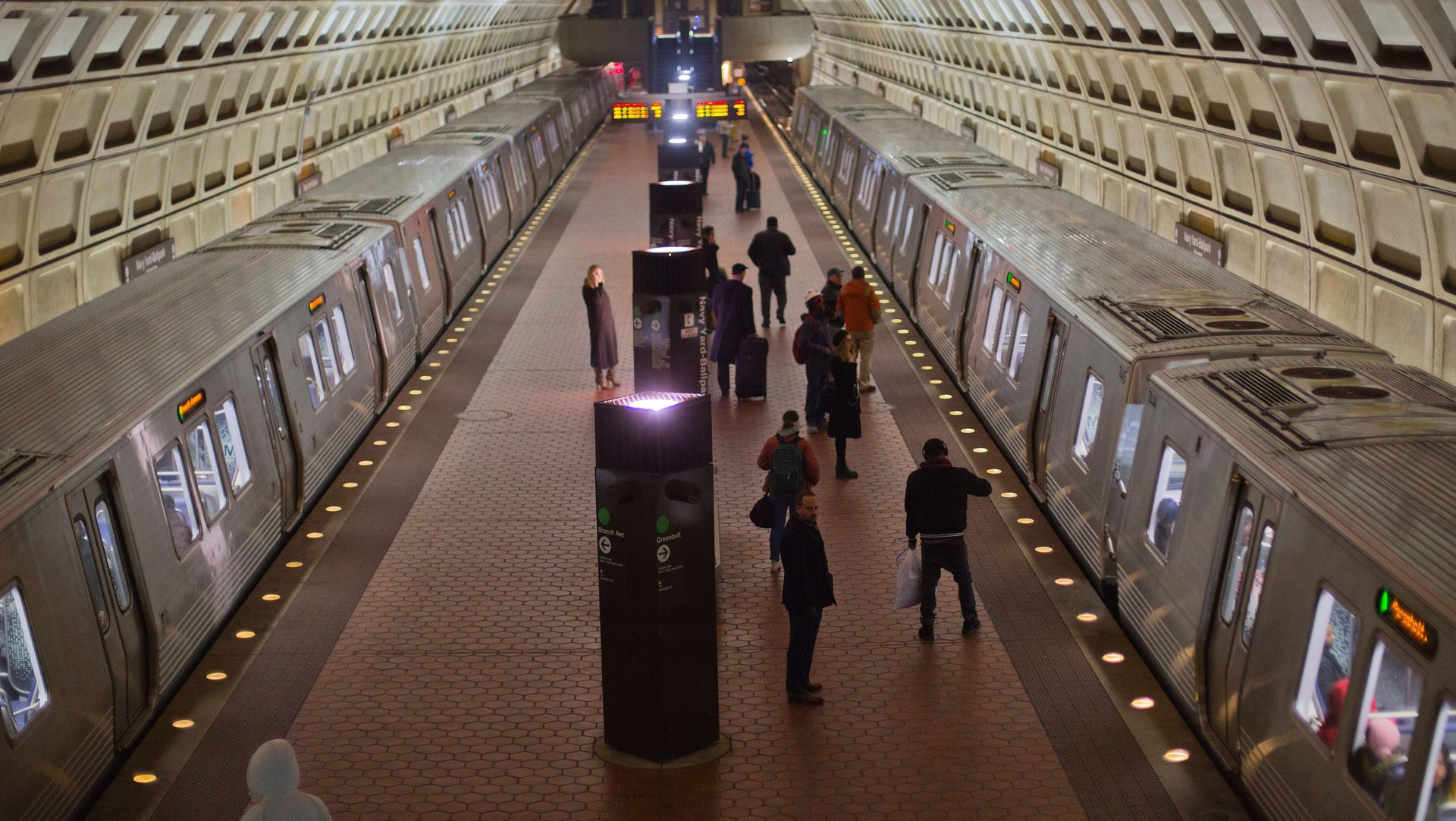Public transit has been declining in the US for seven years. Scooters and bike-share could help save it.
Silicon Valley thinks transportation will eventually be a subscription. Its vision of mobility is an all-you-can-move buffet of electric cars, scooters, bikes, skateboards, and uni-wheels. “You’ll be subscribing to a Lyft transportation plan similar to how you have a music program, maybe Spotify, or a minutes plan like you have on AT&T or Verizon,” Logan Green, CEO of raid-hailing startup Lyft, told Bloomberg.


Silicon Valley thinks transportation will eventually be a subscription. Its vision of mobility is an all-you-can-move buffet of electric cars, scooters, bikes, skateboards, and uni-wheels. “You’ll be subscribing to a Lyft transportation plan similar to how you have a music program, maybe Spotify, or a minutes plan like you have on AT&T or Verizon,” Logan Green, CEO of raid-hailing startup Lyft, told Bloomberg.
To prepare, this summer Lyft acquired Motivate, a bike-sharing firm accounting for 80% of trips in the US, and owner of New York’s Citi Bike. In April, Uber bought Jump Bikes, a startup operating 12,000 shared dockless electric bikes in 40 cities. A look at the sector’s growth rate suggests why. Equity research firm CB Insights compiled government data in a research brief, Disrupting the Car, and found the number of bike-share trips have more than doubled in the last five years.
That may come just in time to save public transit. The number of riders on public transport has fallen for seven straight years, declining by 2% to 4% quarterly since the second quarter of 2016. The loss of riders comes despite a growing urban population drawn to cities’ job and cultural opportunities. The Congressional Research Service (PDF) blames the ridership decline on cheap gas, more cars, and the rise of ride-hailing and bike-sharing services.
Those last two may rescue trains, subways, and bus lines from early obsolescence. The US is now remaking how it gets around in ways that may rival the changes wrought by the interstate highway system in the mid-20th century. Over the coming decades, cars may turn from something most families own into shared, self-driving vehicles that many just hire on-demand. For last-mile mobility in cities — the 5-mile or less trips accounting for 60% of all such journeys in the US — a “multimodal” fleet of scooters, bikes and ride-hailing services are coming to the fore.
What will connect them all? Public transit is trying out for the job. In certain cities, Lyft now shows public-transit option inside the app, and Uber plans to let customers pay for public transit inside its app.